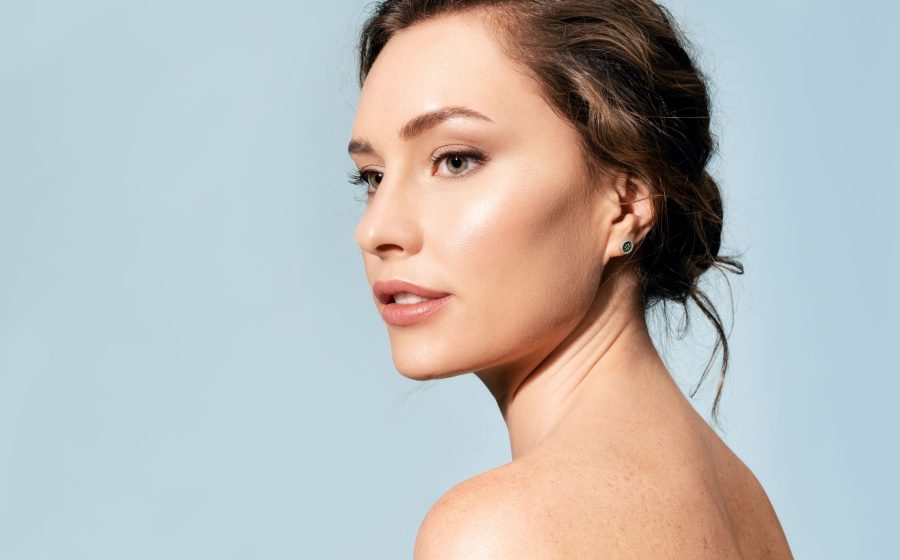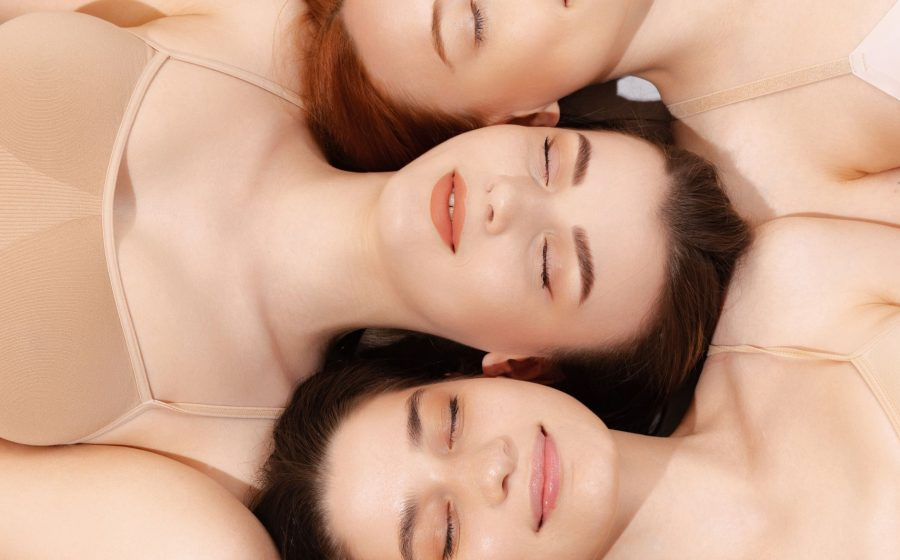
Rhinoplasty – removal of a defect or deformity of the nose
The nose is a very important part of the body, through it we can breathe and smell. It also has a significant impact on the appearance of the face, and for this reason it often becomes a source of complexes: it can be too big, too long or hunched. The solution to these problems is rhinoplasty, or nose surgery. What does it look like step by step and for whom is it recommended?
Nose surgery – rhinoplasty – is it worth it?
Currently, rhinoplasty is one of the most commonly performed operations in the field of plastic surgery. It is estimated that it is performed up to several thousand times a year in Poland. Rhinoplasty surgery is a suitable solution for people who do not like the appearance of this part of their body, which may be influenced by a congenital defect or injury. It is also required for problems with free breathing due to nasal obstruction (in which case a septal straightening procedure combined with correction is performed). It is worth opting for rhinoplasty, if only for the sake of psychological comfort. Sometimes it happens that complexes related to the appearance of the nose negatively affect the mood, lead to lower self-esteem and even withdrawal from social life.
A crooked nasal septum, a hump and bumps on the ridge or a disproportionately large nose are not all indications for surgery. It is also performed on people with a nose that is too long or wide, post-splitting deformity and other congenital defects, as well as a nose tip that is too large or drooping.
How does rhinoplasty surgery proceed?
The first, very important stage of rhinoplasty is a consultation, during which a detailed interview with the patient is conducted. The person who has decided to undergo surgery should inform the doctor about any health problems, for example, diabetes. The surgeon will provide lists of necessary laboratory tests and possible consultations. It is important to be vaccinated against hepatitis B, as well as to discontinue medications that reduce blood clotting a few days before the planned surgery.
Whichever way the surgery is performed, it is most often done under general anesthesia. There are two methods of performing it: closed and open. In the closed method, the cut is carried out in the nasal passages, so it is not visible to the outside. It is also performed in the open method, in which an additional cut is made on the nasal pillar, where a fine scar is left. During the operation, it is necessary to detach the skin from the cartilage and bone structure. Then the surgeon corrects the shape of the nose, and then the skin is put back on. If the patient has decided to have a complete nose correction, they stay in the clinic for one day.
After the operation, there is swelling, which lasts for several days. The patient may also experience discomfort, associated with the placement of setons in the nasal passages, which are removed on the second day after the procedure. There is usually no need for pain medication, and recovery takes up to 10 days. The surgery itself usually takes 90 to 120 minutes, and the final results can be assessed after 12 months, after the nose has completely recovered.
Is rhinoplasty safe?
Only healthy individuals can undergo rhinoplasty surgery. Before it is performed, the patient is required to undergo detailed tests: urine, blood count, blood group determination, clotting index, electrolytes, glucose levels, as well as ECG. If the results turn out to be abnormal, the operation will not be carried out. This means that you should not fear for your safety when opting for rhinoplasty. It should be noted that the operation is performed only when the nose has reached its mature shape. Most often this occurs after the age of 18. It is up to the doctor to decide whether to perform rhinoplasty in younger patients, for example, due to medical indications or the result of injury.
Rhinoplasty – contraindications.
One of the contraindications for rhinoplasty is pregnancy. It is also not performed in patients with vascular blemishes, purulent infections of the skin and mucous membranes, and coagulation disorders. In addition, rhinoplasty is not considered for people with unregulated diabetes, heart disease or hypertension.
Similar posts

FUE method – what is it and is it possible to recover lost hair?

Androgenetic alopecia – FUE hair transplant as one of the more effective treatment methods
